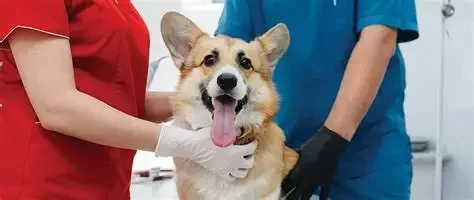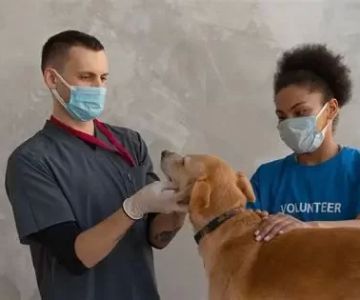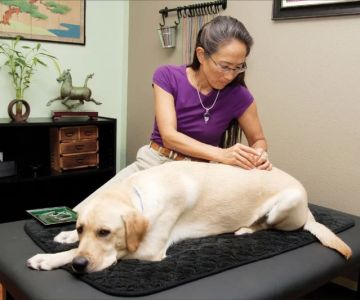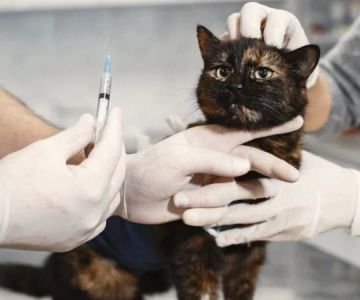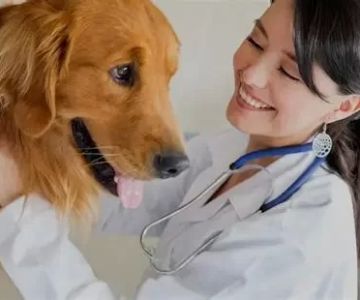Step-by-Step Guide: How to Do a Faecal Float in Veterinary Settings
- understanding-the-purpose-of-a-faecal-float
- tools-needed-for-a-veterinary-fecal-flotation
- step-by-step-how-to-do-a-faecal-float-veterinary
- real-case-sample-a-dog-with-chronic-diarrhea
- importance-of-accuracy-in-diagnosis-and-treatment
- faecal-float-products-to-consider
1. Understanding the Purpose of a Faecal Float
A faecal flotation is a common diagnostic tool used in veterinary clinics to identify internal parasites such as roundworms, hookworms, and coccidia. It allows for a clear and efficient analysis of parasite eggs in animal feces by separating them from denser material using specific solutions.
This procedure plays a vital role in pet wellness exams, rescue intake screenings, and treating chronic digestive issues. Whether you’re a vet tech student, new vet, or pet owner wanting to understand how it works—knowing how to do a faecal float in a veterinary setting is fundamental.
2. Tools Needed for a Veterinary Fecal Flotation
Before starting, ensure you have the following tools ready:
- Fresh fecal sample (ideally less than 12 hours old) - Fecal flotation solution (like sodium nitrate or zinc sulfate) - Fecalyzer or disposable plastic cup with stirrer - Cheesecloth or gauze - Microscope slides and cover slips - Centrifuge (optional but recommended for greater accuracy) - Light microscope (10x objective is sufficient for most eggs)
In a clinic in North Carolina, Dr. Shelby noted that switching to a standardized fecalyzer kit saved her team 15 minutes per patient on average. The ease of workflow improvement is often underestimated until tools are optimized.
3. Step-by-Step: How to Do a Faecal Float in Veterinary Settings
Now, let’s walk through how to do a faecal float veterinary professionals recommend:
1. Collect roughly 2 grams of feces. Avoid contamination with dirt or bedding. 2. Mix the sample with flotation solution until it forms a loose slurry. 3. Strain the mixture through gauze into a clean container or directly into the fecalyzer. 4. Fill the container until a meniscus forms at the top. 5. Place a cover slip gently over the top, ensuring it makes contact with the liquid. 6. Let it sit undisturbed for 10-15 minutes (or centrifuge for 5 minutes at 1200 rpm). 7. Carefully lift the cover slip and place it on a microscope slide. 8. Examine under a microscope and identify any ova present.
Consistency in timing and clean tools are key for reliable readings. Many errors arise from rushing or misidentifying air bubbles as parasite eggs.
4. Real Case Sample: A Dog with Chronic Diarrhea
In a small veterinary practice outside Chicago, a 2-year-old Labrador named Max was brought in with persistent loose stools. Initial deworming didn’t work. A faecal float revealed Giardia cysts—something often missed in basic fecal smears.
The vet used zinc sulfate solution, which is more sensitive for protozoa, and confirmed the presence quickly. Max recovered fully after targeted treatment. This case demonstrates why knowing how to do a faecal float veterinary-style isn’t just about process—it’s about changing outcomes.
5. Importance of Accuracy in Diagnosis and Treatment
When performed correctly, a fecal flotation test can save pets from unnecessary suffering and clients from repeated visits. Incorrect interpretation, however, can lead to missed diagnoses or overtreatment.
Veterinarians should also be aware of limitations—some parasites (like tapeworms) don’t consistently shed eggs and may need additional diagnostic tools. That’s why it’s important not just to know how to do a faecal float veterinary professionals rely on, but when to combine it with complementary testing.
6. Faecal Float Products to Consider
If you’re operating a clinic or training facility, consider investing in fecal float kits that streamline the process. Brands offering pre-filled solutions and reusable components can drastically reduce costs and waste.
We highly recommend checking out professional veterinary supply catalogs or visiting Hidden Brook Veterinary for curated tools ideal for veterinary fecal exams. These options can make learning and executing the procedure smoother—especially for those managing high patient volume or onboarding new team members.
Understanding how to do a faecal float in a veterinary environment is more than a lab technique—it's a core clinical skill that directly impacts diagnosis, client trust, and animal well-being. Equip yourself with the right knowledge and tools, and you’ll elevate the quality of care in every exam room.

